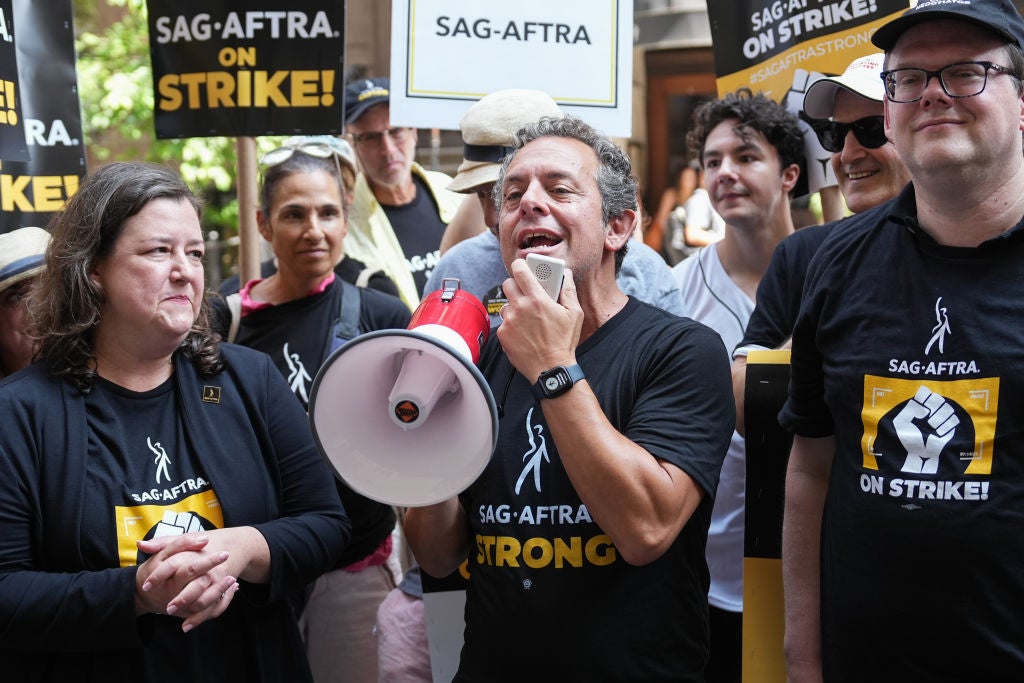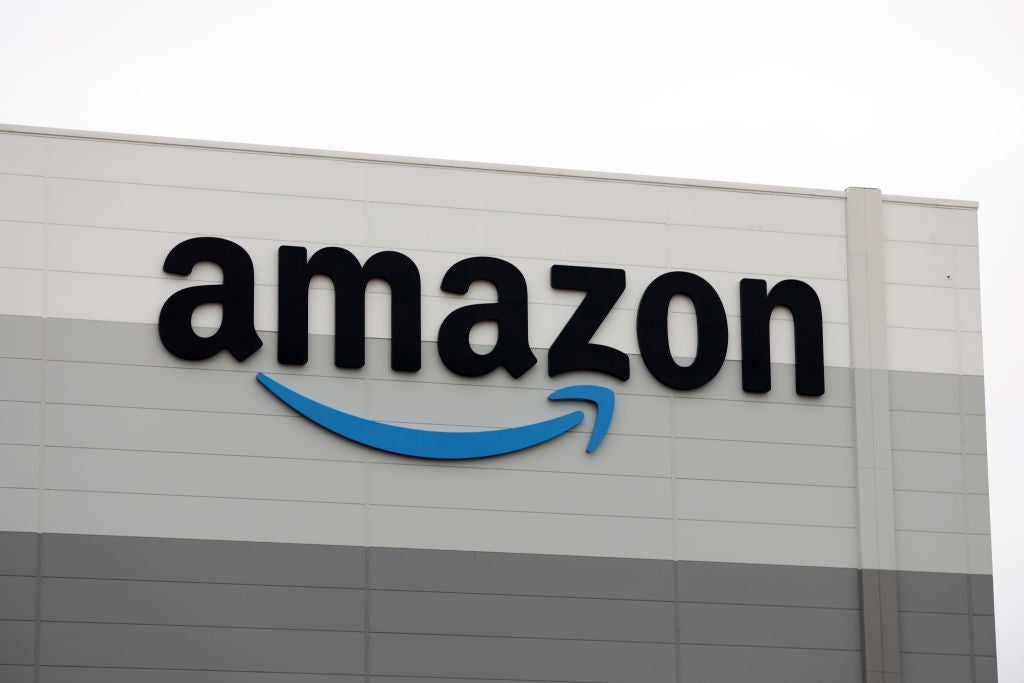
Amazon is facing the threat of yet another union strike as challenges towards its business model and treatment of workers rise once more.
German labour union Verdi on Sunday called for industrial action against seven of the online shopping leviathan’s locations across the nation.
A spokesperson for Germany’s second-largest union told Reuters that the strike would kick off on Monday and last through Tuesday.
Verdi didn’t provide any exact figures, but demanded that Amazon aligns salaries with deals the union has struck with retail and mail-order industries in Germany, saying Amazon is still paying less than comparable businesses.
“It is unacceptable that a multinational corporation worth billions earns itself silly and yet refuses to give its employees the wage increases that other companies in the industry pay their colleagues,” said Orhan Akman from the Verdi trade union in a statement seen by Euronews.
Wir fordern #Amazon auf, die Entgelterhöhungen der in den letzten Wochen erzielten Tarifabschlüsse der Branche umgehend an die Beschäftigten weiterzugeben.#OhneUnsKeinHandel #MakeAmazonPay https://t.co/daUtSjTlKC
How well do you really know your competitors?
Access the most comprehensive Company Profiles on the market, powered by GlobalData. Save hours of research. Gain competitive edge.
 Company Profile – free sample
Company Profile – free sampleThank you!
Your download email will arrive shortly
Not ready to buy yet? Download a free sample
We are confident about the unique quality of our Company Profiles. However, we want you to make the most beneficial decision for your business, so we offer a free sample that you can download by submitting the below form
By GlobalData— ver.di (@_verdi) November 1, 2021
Amazon has responded to the threat of the strike, saying it provides excellent pay packages of no “less than €12 ($13.87) gross per hour plus extras” and that employees are given benefits and career opportunities.
The union also tried to make the hashtag #MakeAmazonPay trend on Twitter in tandem with the strike.
Verdi called for a similar strike in June to coincide with Amazon Prime Day 2021.
Amazon strike not only problem for retailer
The threat of a strike comes as Amazon is facing several challenges to its retail business. Last week, the ecommerce company reported that retail sales had shrunk by 3% over the last quarter.
Comparatively, the same period last year saw sales jump by 37%. Despite those numbers having materialised during the pre-vaccine stage of the pandemic, market analysts believe the sales slowdown shows that Amazon is hitting some walls when it comes to its market growth.
Following the news that sales had dropped, Amazon’s shares took a 3% nosedive on Friday.
The quarterly results also revealed that Covid-induced labour shortages have made it harder for Amazon to fill open positions for warehouse workers and drivers. The online retailer is expecting these shortages and related expenses to cost it about $4bn.
This is an old refrain. During the intense growth period last year, the Seattle-headquartered company’s staff turnover rate was so high that executives worried about running out of new people to hire, according to a New York Times investigation.
The ecommerce behemoth hired more than 350,000 people to work in its warehouses between July to October 2020, but many of these lasted “just days or weeks”.
Union-bashing efforts
Amazon has so far avoided industrial action in the States, despite massive criticism against how the company treats workers, with gruelling working conditions having forced some delivery drivers to urinate in bottles in order to keep up with the demands of their employer.
The reason for that is that there simply aren’t any Amazon unions in the US. This spring, Amazon successfully bashed attempts by Alabama warehouse workers to unionise. If those workers had succeeded, it would’ve marked the establishment of the first US-based union.
Amazon’s treatment of workers also risks creating tension between the company and its shareholders. A recent thematic research report from GlobalData noted that several regulators and lawmakers around the world are beginning to move against such employment practices.
The online shopping company has made attempts to improve its brand as an employer. However, these efforts have often been met by ridicule and been criticised for being inadequate.
The AmaZen wellness booth is one such initiative. The workplace “perk” was designed as a telephone-sized kiosk workers could go into to take a break. Netizens, however, quickly started to make fun of the effort, referring to it as a “screaming booth”.







